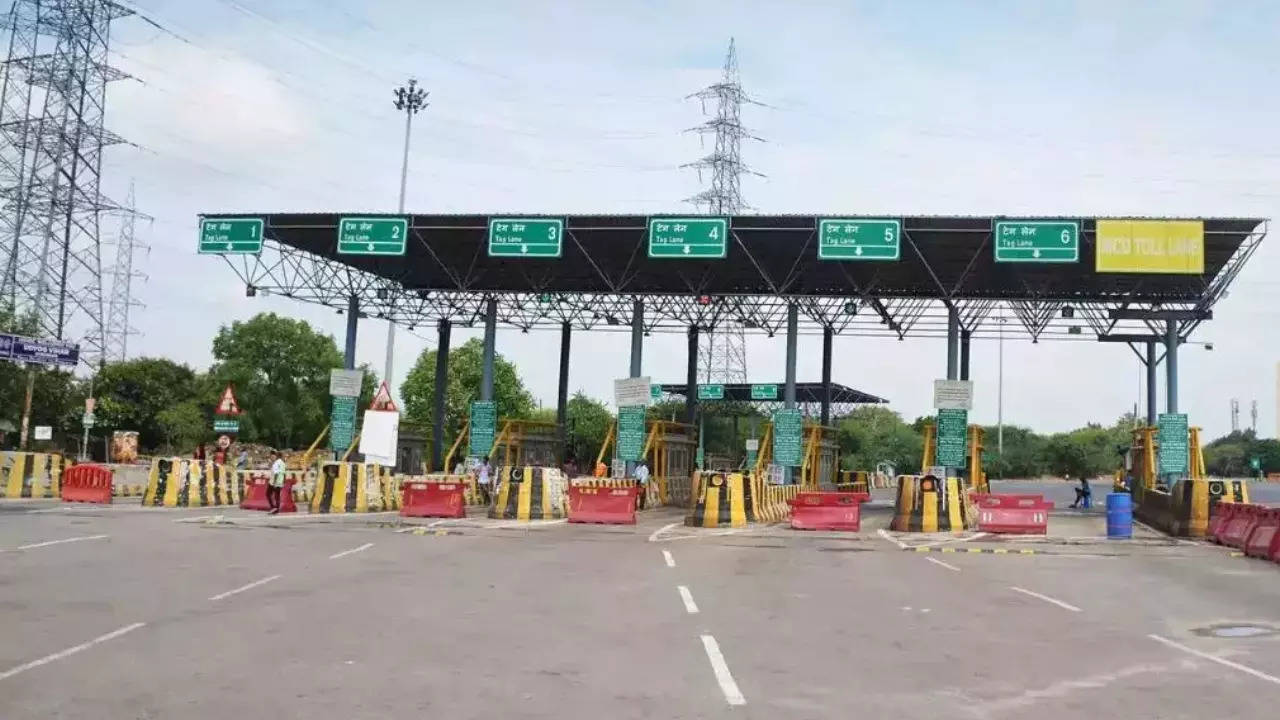FASTag vs GNSS-based system: Key differences
FASTag uses RFID (radio frequency identification devices) technology. A sticker with an embedded chip is applied to the vehicle’s windshield, and toll booths have scanners that detect the FASTag and automatically deduct the toll. However, FASTag requires stopping at toll booths equipped with RFID scanners, and while these lanes are faster than cash lanes, queues can still occur during peak hours.
Payment for FASTag requires pre-paid recharge on the linked account, necessitating users to maintain sufficient balance for smooth toll payments.
Bharat Drive: To World’s largest Solar Park with Mahindra Scorpio-N, AJAI | TOI Auto
Satellite Tolling or GNSS technology, on the other hand, has virtual toll booth units installed on highways that communicate with satellites and track vehicles to track location and calculate distance traveled for toll deduction. This system eliminates the need for physical toll booths, setting up virtual toll booths along highways and facilitating seamless travel without stopping. Satellite tolling offers more payment flexibility, as it can support both pre-paid accounts and post-paid billing based on distance traveled. Which system will be used in India, isn’t known so far.
The good news is that the new GNSS system will work alongside FASTag in a hybrid model, ensuring a smooth transition. While you won’t need to replace your FASTag immediately, GNSS-enabled devices may be needed in the future.


